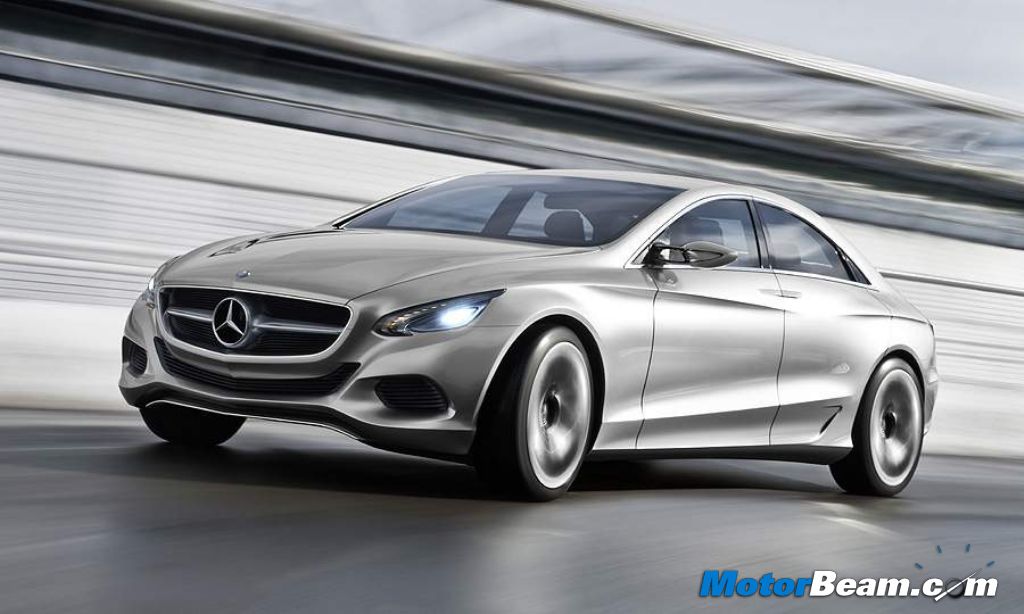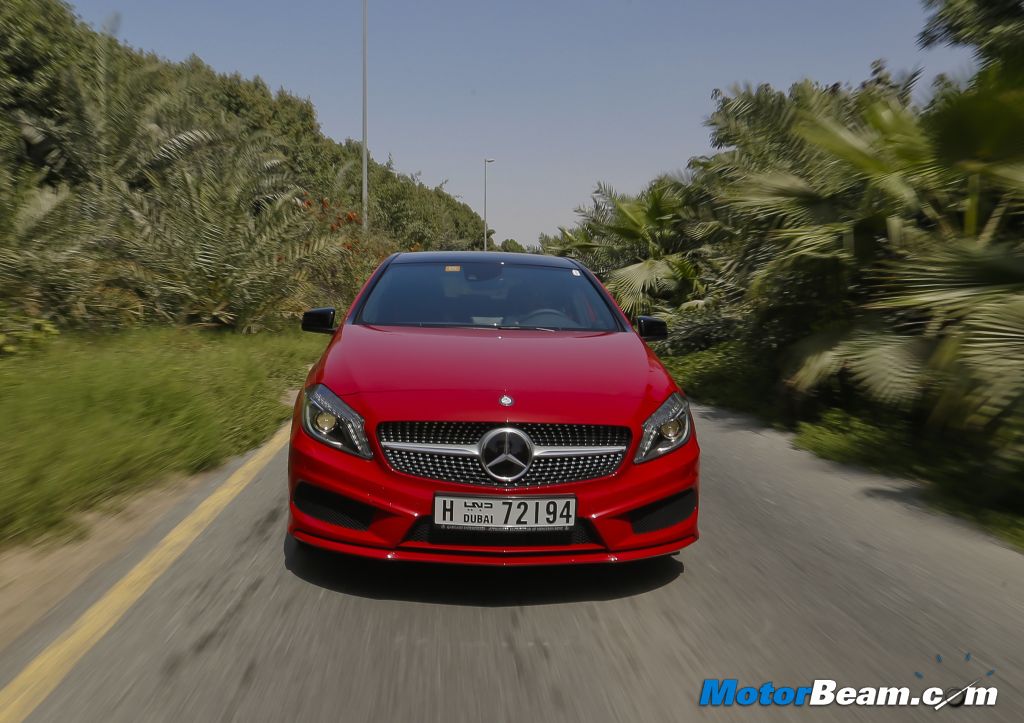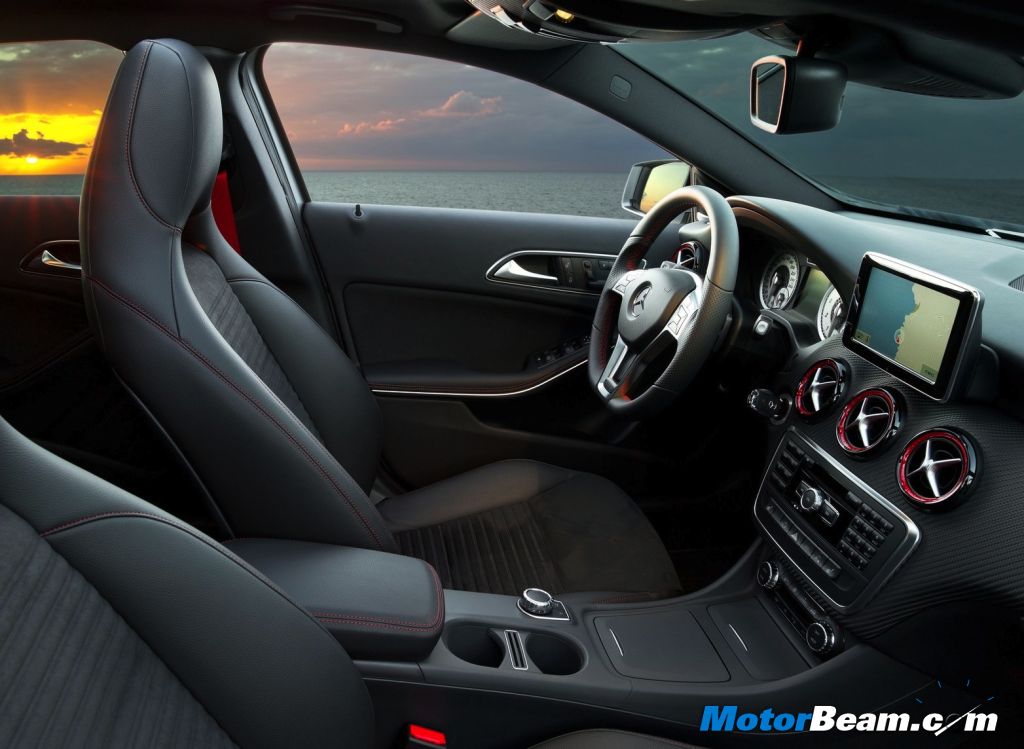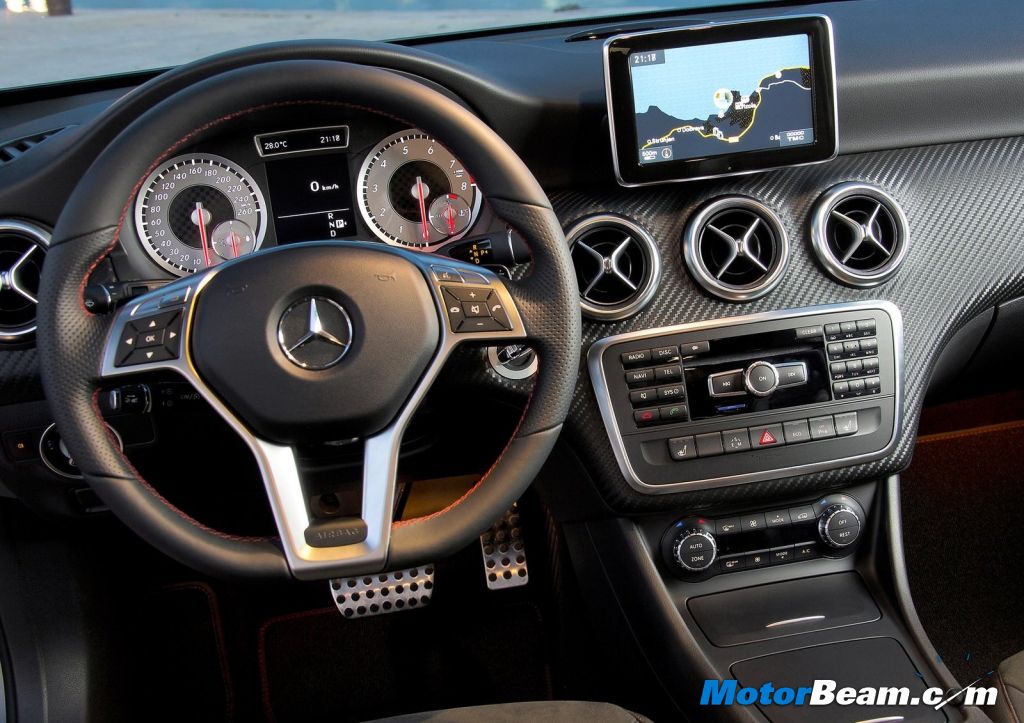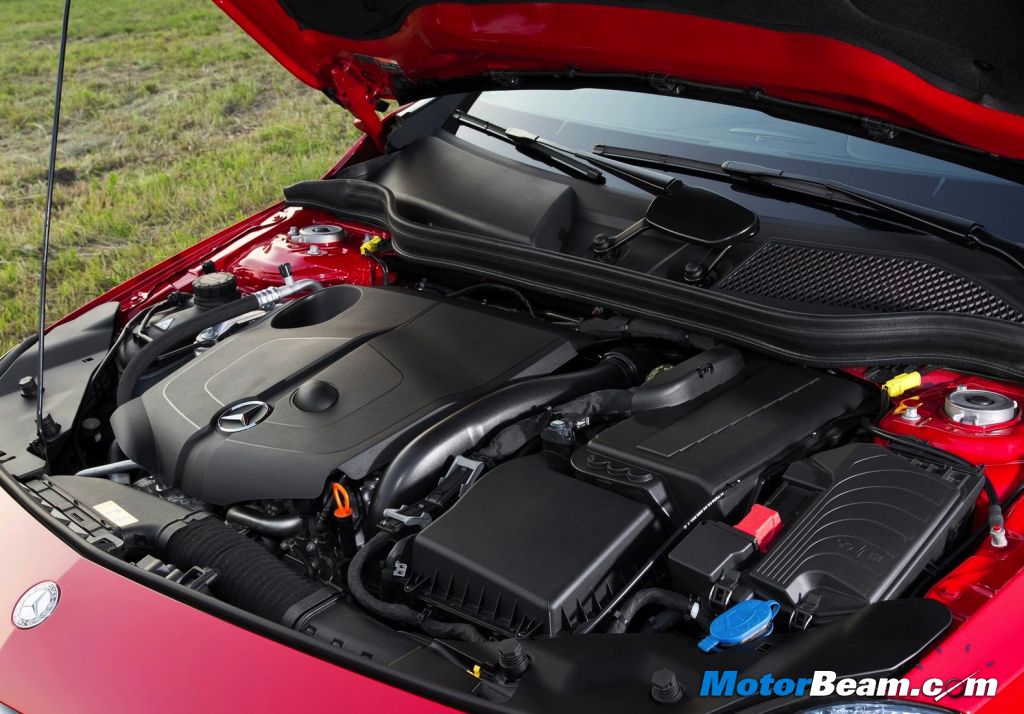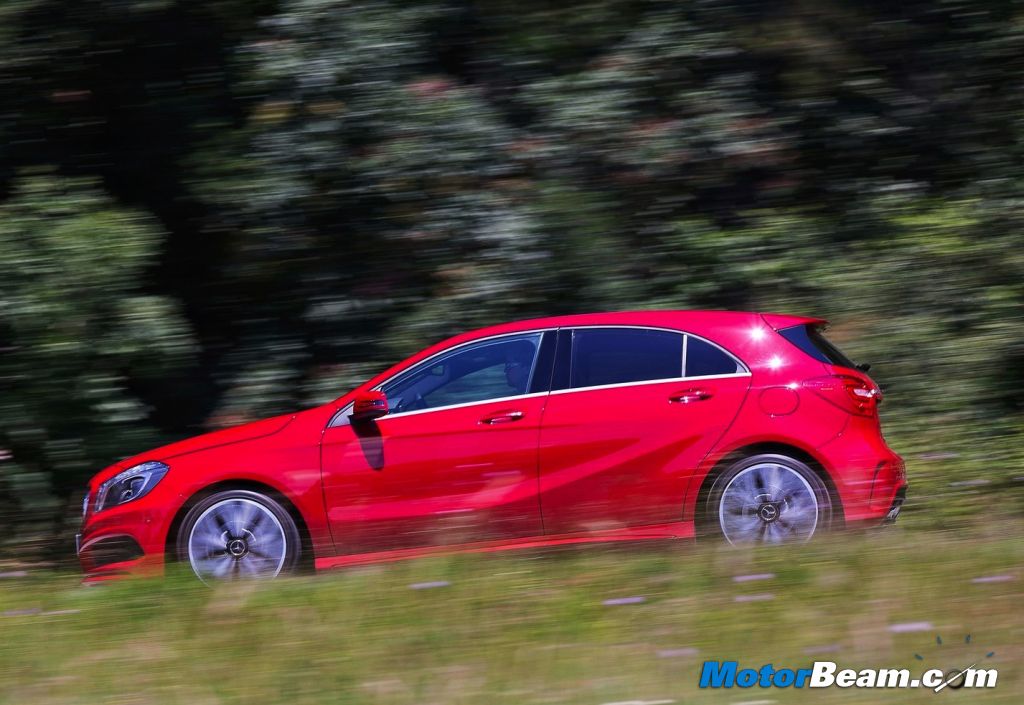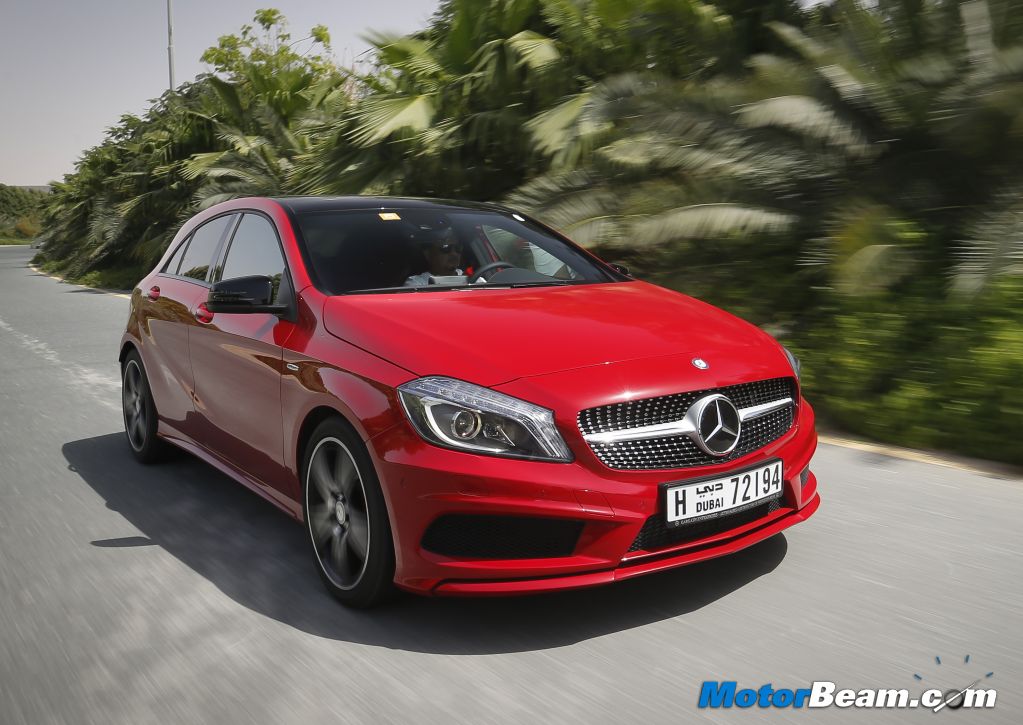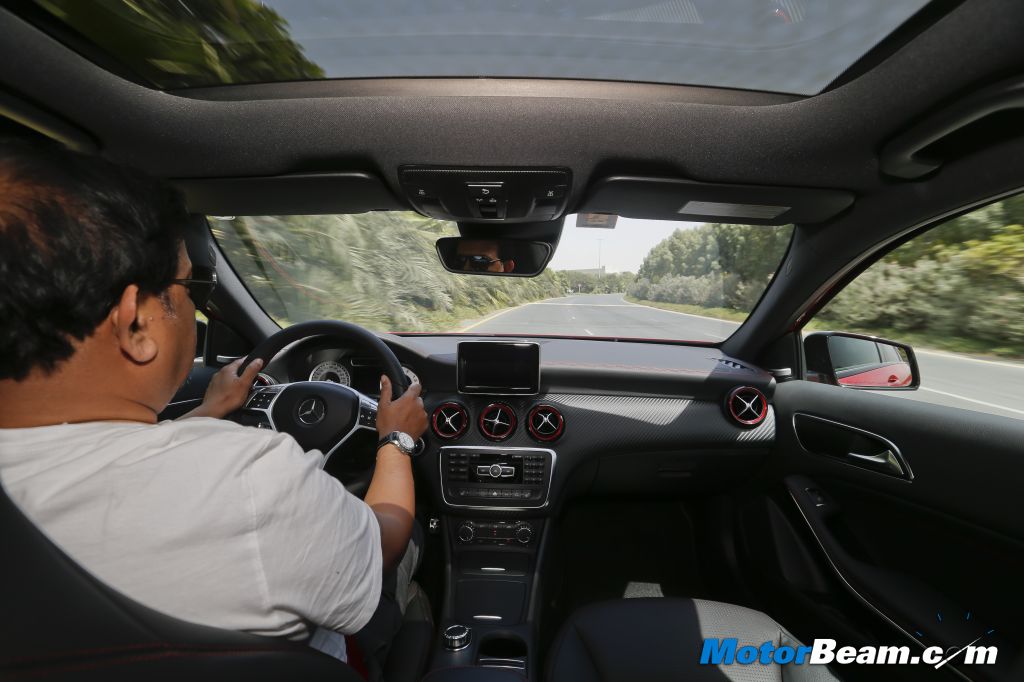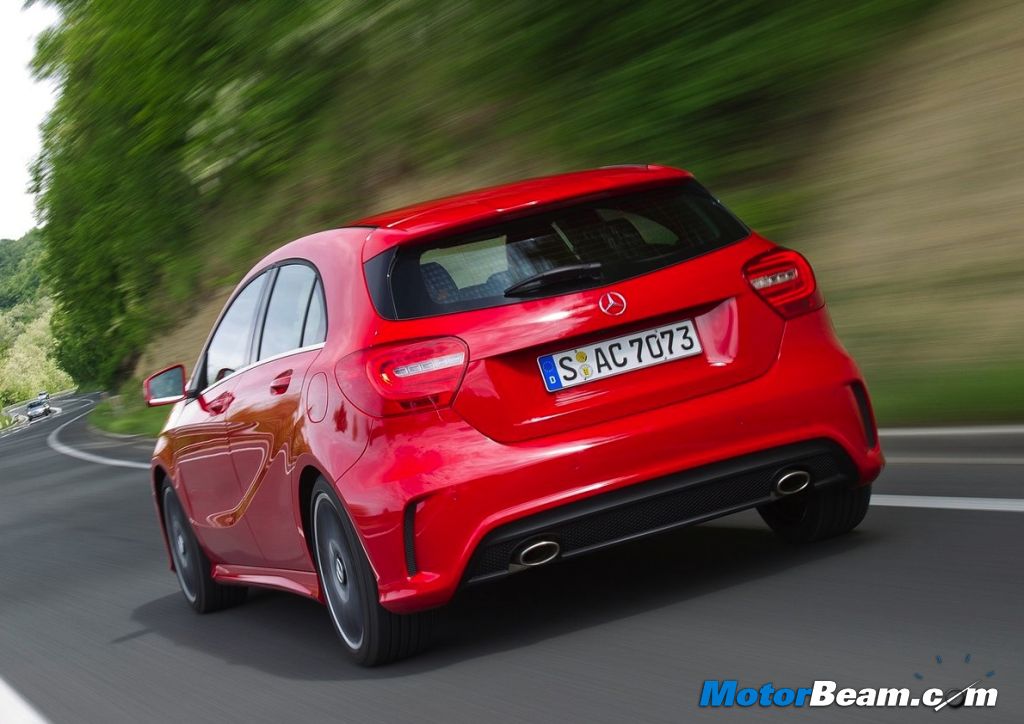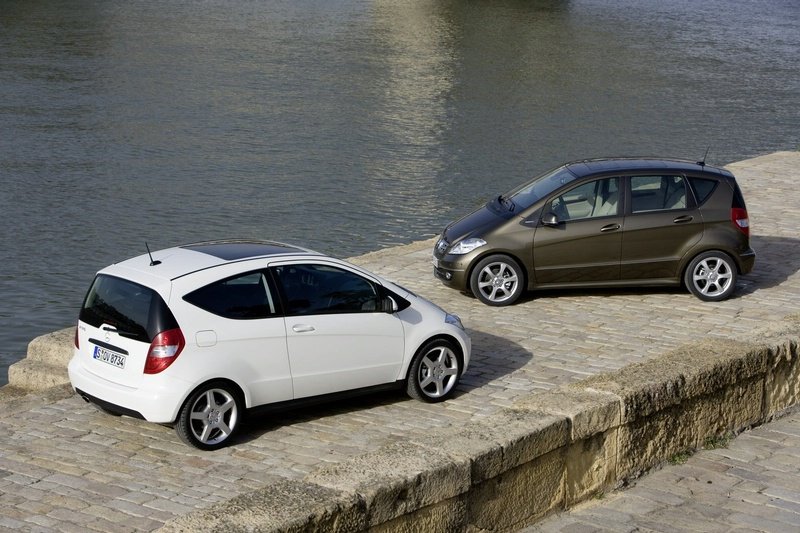Mercedes A-Class Review
The all-new third generation A-Class is so different in all departments that there’s virtually no resemblance to the original.
It’s time to forget the past and infamous Mercedes-Benz A-Class. Time flies fast these days, especially when you consider the automotive industry landscape. There was a time when compact sedans/hatchbacks and utilitarian SUVs were the key drivers of automotive business in India, where premium vehicles had virtually no existence. Now as it happens, in less than a decade, that landscape in BRIC (Brazil, Russia, India and China) have started changing so dramatically that car makers are pushing an array of new models including hatchbacks in entry, luxury, premium luxury and performance segments so much so that it’s time to ask ‘which is the best hatchback in the segment’? And this fact also takes us back, about fifteen years when premium German carmaker Mercedes-Benz was toying with the idea of a compact entry level model to be positioned below its rear-wheel drive models. With specifications like front wheel drive, space for five adults on high tallboy architecture went in to creating the first generation A-Class (W168) which had its official world premiere in 1997.
The second generation Mercedes A-Class, also internally known as the W169 was officially presented at Stuttgart in 2004. It was designed according to Mercedes-Benz concept of ‘Touch And Feel’ and was endowed with many intuitive features inside the cabin. Mercedes offered manual gearboxes and its version of ‘Autotronic’ CVT transmission in this model. While there’s no argument about the styling of the outgoing Mercedes A-Class which hardly qualified a trendsetter or being youthful, the plot began to thicken when Mercedes realised that it was indeed necessary to raise the design credentials sooner or later across the board including its entry level offerings.
Mercedes Benz’s preview of its next-generation stylish small cars can be attributed to the F800 Style concept from the 2009 Geneva Auto Salon followed by the Concept A-Class reveal two years later almost simultaneously at car shows in Shanghai and New York. With generous public and media approval to the concept, the green lighting of the project (W176) also depended on the level of investment and market conditions. This car also comes at a time where most automakers are looking at optimizing resources and not venture in to unnecessary capital investment. Mercedes played it safe by opting to use its MFA platform (also used in the current B-Class and forthcoming CLA) for the purpose.
This flexible platform also allowed the design chief’s team to come up with new ideas for contemporary design. First to go was the archaic tall-boy, sort of triangular profile of the predecessor in favour of a more traditional five-door hatch body style. The new A-Class is 454 mm longer and 16 mm wider than the previous model that was discontinued in 2010.
At first glance, the new A Class’s two-box design communicates dynamism and features a radical form language. The sheetmetal exhibits prominent interplay between concave and convex surfaces, something BMW was good at practising during the Bangle-era of design. Meanwhile, the headlamp clusters incorporates LEDs that have been arranged to offer what Mercedes says is the “flare effect” for the daytime running lamps and indicators. Typical features of the A250 include a long, sporty front end with a pronounced V-profile, a radiator grille and additional air intakes on the sides. The rear end is signed off with horizontal cluster tail lamps that continue the line of the heavy shoulders. LED modules and fibre optic cables have been used as efficiency tools. Close inspection of body components reveal several aero-profiled parts like the distinctive side ‘finlets’ spoilers next to the rear window or the serrated wheel spoilers at front and rear and slots in the wheel arches and optimised hub caps. So it shouldn’t be surprising that the A gets best-in-class drag coefficient of 0.27.
Unlike the European market offerings, some markets will be offered a sportier version in the form of the A250 Sport. Basically, these are kitted cars with focus on lifestyle more than outright performance, the latter being reserved for the AMG tagged variants. Styling elements that help differentiate the A250 Sport from other variants include AMG 18-inch alloy wheels, side skirting, twin exhaust and Mercedes’ sporty ‘diamond grille’ and the level of standard equipment.
While, abandoning the previous model’s design philosophy is a welcome decision, but the flip side is that the new A-Class isn’t as spacious as before anymore. But there’s plenty of room up front, even as it took us some experimenting to find a comfortable seating position. While, the rear seat accommodation isn’t too generous, but getting in and out of the car is much better that the BMW 1 Series, part in thanks to C-pillar design and position of the B-pillar. Seats are stylish rather than supportive and rear visibility constricted. Compared to the swanky exterior, some of the interior components are claimed to be inspired by cues from the aviation industry.
Whatever, the inspiration, it appears plain and simple and what breaks the monotony are the borrowed elements. Personally, I’ve have no issue with this approach, the air vents come from the SLS and the steering wheel from the CLS. And despite the gloss black trim around the tablet-like screen, it’s Merc’s Comand multimedia system that’s the most intuitive to use. Other features include electronically operated park brake, media interface with iPod and Bluetooth connectivity, reversing camera and a panoramic electric sunroof. What we can definitely observe in view of the type of cars in the segment that the interior of this car represents a big step forward in terms of quality, both in the materials used and in fit and finish.
The cabin does feel upmarket as there are some touches of bespoke craftsmanship like red stitching on the sports seats, front centre armrest and on the AMG flat-bottom nappa leather steering wheel. The coloured seatbelts complement the soft touch carbon fibre-look material that dominates the not-so-busy dashboard which is characterized with three large dominating knobs, a high-mounted fixed tablet-like multimedia LCD display, a row of toggle switches and vents which all together are surprisingly reminiscent of the interior of another recently introduced German brand’s sedan concept.
The A250 Sport packs a transversely mounted turbocharged/direct-injected 2.0-litre engine which is good for 211 HP of power and 350 Nm of torque. The engine is from the automaker’s newest family of four-cylinders and is mated to the latest 7-speed double clutch transmission. Drivers have the option of two different driving modes in the A250 Sport, Eco and Sport and either can be used if the manual mode (Tiptronic) is selected.
The sporty handling character architecture is where AMG’s (Mercedes’ in-house tuning) expertise has been involved. A recalibrated sports suspension with four-link rear axle and a sports exhaust system are keys to the sporty credentials of this trim variant. Meanwhile, the electromechanical power steering comes with assistance functions and ESP with “Extended Traction Control” (XTC).
A new feature called Direct Steer has also been introduced. Essentially, what it does is changes the ratios for lesser effort, while offering more action. On the safety front, Mercedes also touts the A-class concept’s radar-based collision warning and Adaptive Brake Assist, the former warning drivers of an impending crash with audio and visual alarms, and the latter engaging the full force of the brakes if it detects the driver isn’t applying enough pedal pressure to avoid or mitigate an expected collision. The car has always been awarded a 5-star safety rating from Euro NCAP in 2012. The A250 Sport features nine airbags, brake assist and collision prevention assist systems and Mercedes-Benz’s Pre-Safe system that uses seatbelt tensioning, closes the windows and sunroof and adjusts the electric seats in an emergency.
Driving Impressions – For the purpose of the test, the driving experience programme was divided into two parts. One part saw us doing dynamic handling exercises including braking and slaloms and a twisty road course. We found the steering, cornering, and braking performance of the car to be exemplary, perfectly matched to what it has been designed for. The turbo charged engine’s torque curve is almost flat from 1200 to 5000 RPM and while the A250 Sport has the same 0-100 km/hr time – 6.6 seconds – as the new Golf GTI, but we are aware of one more car that is fractionally faster. But this doesn’t take away the fun to drive character as the car feels bigger and has a planted feel on road, thanks to the larger rubber footprint and compliant suspension. NVH levels as mostly good, although some tyre or occasional crosswind noise may filter into the mostly quiet cabin.
The chassis appears well catered with the active suspension and as expected in this set-up, the Sport mode is our favourite. Besides holding gears longer and offering some extra torque across the rev band, electronic nannies at work also help minimize the tendency to understeer in the higher lateral acceleration range while the lowered centre of gravity has ensured minimal body roll. As a result, fast cornering and exits are possible with this car. We also noted that when accelerating out of sharper curves at speed, the tendency to understeer is reduced even further by extended traction control system where again the electronic nannies assist directional stability by generating a yaw moment on the front and rear wheels located on the inside of the curve.
However, we felt that most of these engineering refinements are more suited to the hi-performance versions. The seven speed transmission is a welcome change to the CVT, but with this engine, it does exhibit some unusual behavioural traits depending on which mode the car is being driven. The adaptive chassis control with three-mode dampers is designed to help, but the difference between Comfort and Normal is not so compelling to qualify this car as a real hot hatch. The best performance is extracted in Sport mode, which is as expected. Interestingly, in either ECO or Sport mode, the driver can still intervene manually in the gear-shifting process via the shift paddles.
Around town, it’s just about the finest-riding compact I’ve driven in recent times and despite the car sitting lower, it still glides through with the unruffled sophistication of say, an S-Class. Braking duties performed by the all-round discs are good and no fading was detected.
Verdict – Premium German automakers like Mercedes-Benz must realize they have to be careful in pricing and packaging the cars in what is now a buyer’s market. This new entry-level model, the A-Class is being offered with loads of kit and options. Mercedes-Benz dealerships will sell the car for around Rs. 20 lakhs (ex-showroom) when it goes on sale by July. It will be offered with both petrol and diesel engines, making it an attractive buy for those looking to own a three-pointed star which is brillant in almost every way.
The third generation A-Class has been so well received in Europe, that Mercedes-Benz received 90,000 bookings for the vehicle in no time, a testimony to the appeal and desirability of the company’s entry level model.



